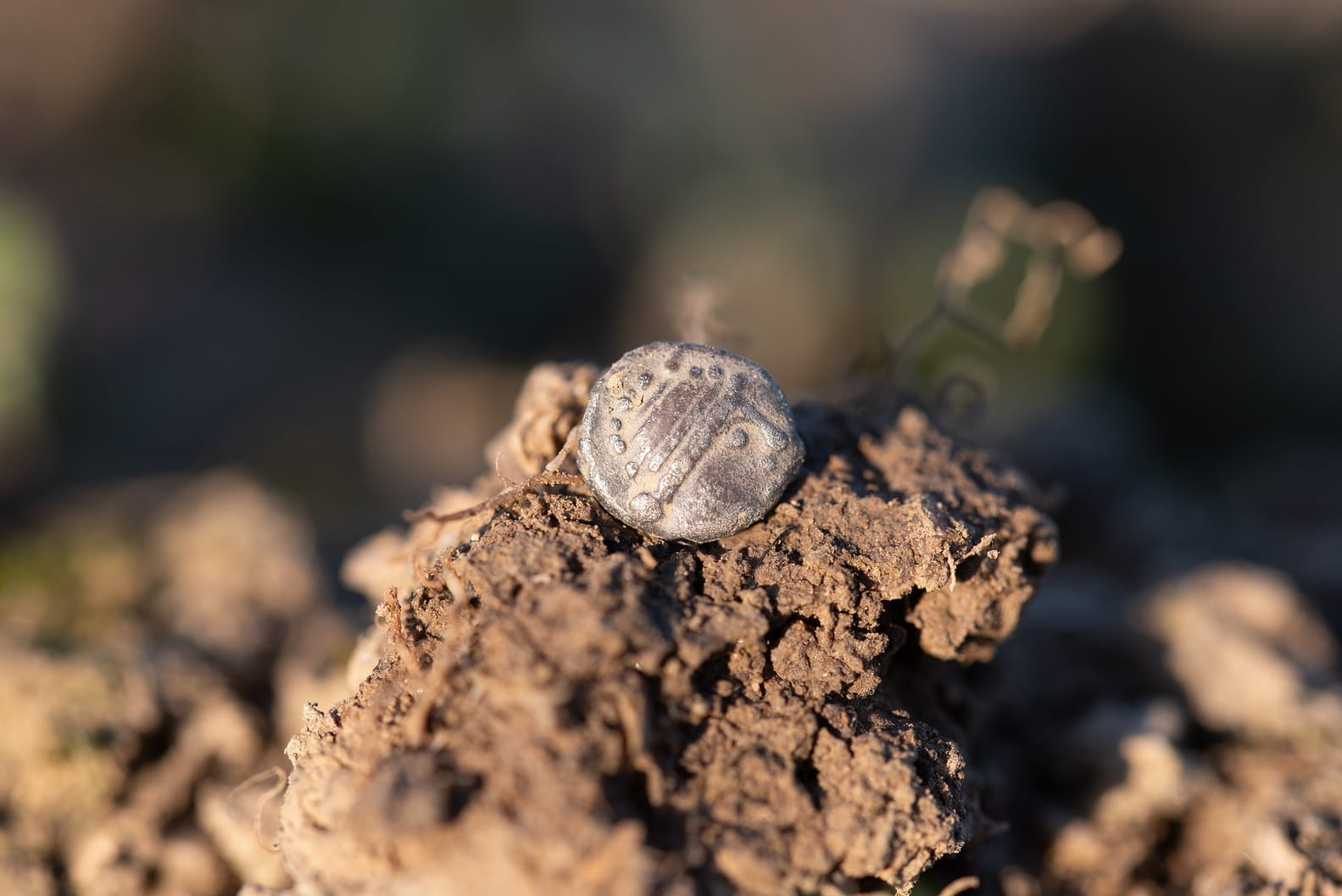Archaeologists have announced one of the most significant Celtic discoveries in recent years: around 500 gold and silver coins, along with jewellery and raw precious metals dating from the 6th to the 1st century BC.
The discovery, made in the Pilsen region of Western Bohemia, is described as extraordinary not only within Czechia but across Central Europe.
The story began in 2021, when an amateur archaeologist using a metal detector uncovered a fragment of a golden coin from the 2nd century BC. He reported it to authorities, sparking a large-scale investigation of the site.
“It turned out that the site contains a large number of primarily small metal objects, very interesting artefacts, mostly coins but not only coins,” explained Pavel Kodera, head of the Museum and Gallery of the Northern Pilsen Region in Mariánská Týnice.
“There are gold ingots, chopped pieces, even raw flakes and lumps of gold, along with earrings, fragments of bracelets, and similar items.”
The excavation has been complicated by the fact that the field is still actively farmed. Research can only take place after the harvest and before the soil is tilled again, making the project a race against the agricultural calendar.
Though the coins are small (between 7 mm and 1.5 cm) their designs are striking. Many carry images of horses, boars, suns, or Celtic deities, while others are modelled after Hellenistic coins and feature portraits inspired by Greek art. “The images are essentially works of art,” Kodera noted. “They touch on mythology and Celtic thought, offering a glimpse into the mindset of the people who lived here.”
Unlike many Celtic sites in Czechia, which were plundered long ago, this location has remained untouched. Its precise position is being kept secret, underscoring its rarity and importance. What remains unclear, however, is how the site functioned. No permanent settlement structures have been identified. Archaeologists suggest it may have been a seasonal gathering place for trade, ritual, or both. The abundance of coins hints at marketplace activity, with items possibly lost during transactions or deliberately deposited as offerings.
Researchers from the Archaeological Institute of the Czech Academy of Sciences are now conducting isotope analyses to determine whether the gold was sourced locally or imported from afar.
Part of the treasure is already on public display at the Museum and Gallery of the Northern Pilsen Region in Mariánská Týnice, in an exhibition titled Unclear Report on the Celts in Northern Pilsen.
Header Image Credit : Museum and Gallery of the Northern Pilsen Region
Sources : Museum and Gallery of the Northern Pilsen Region







